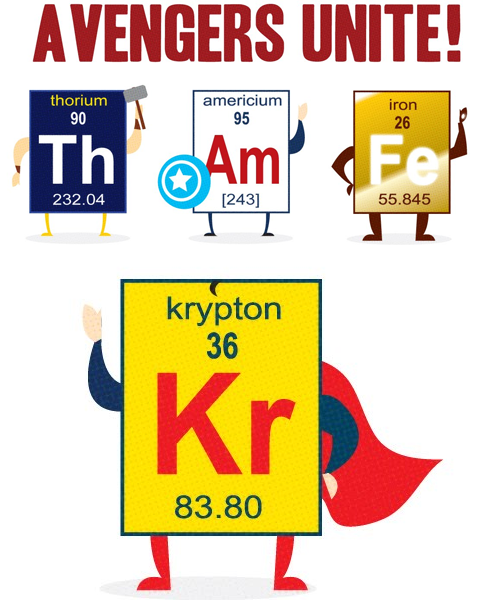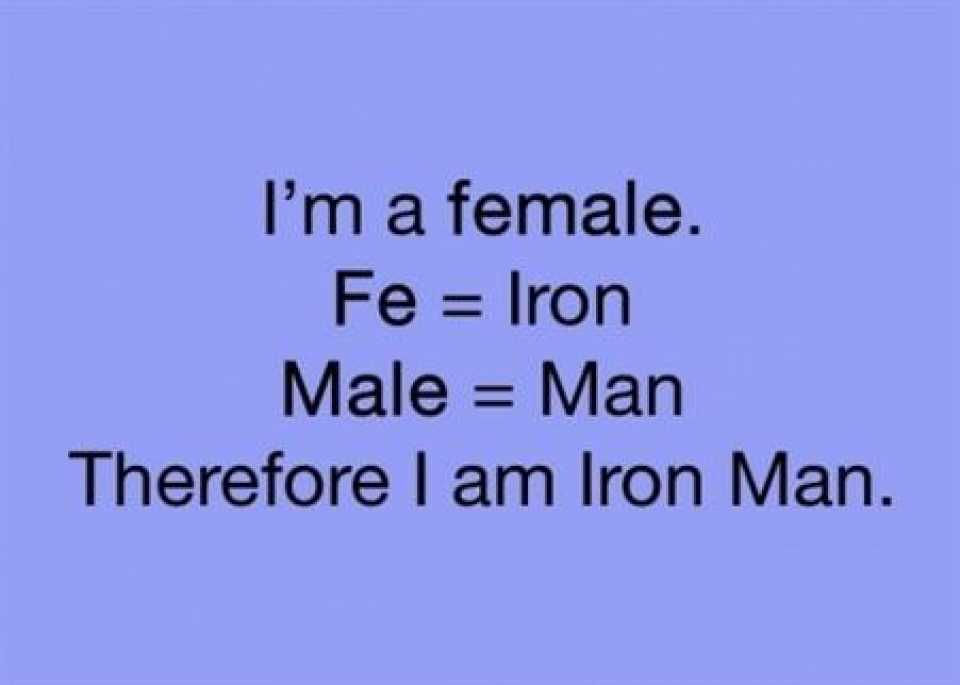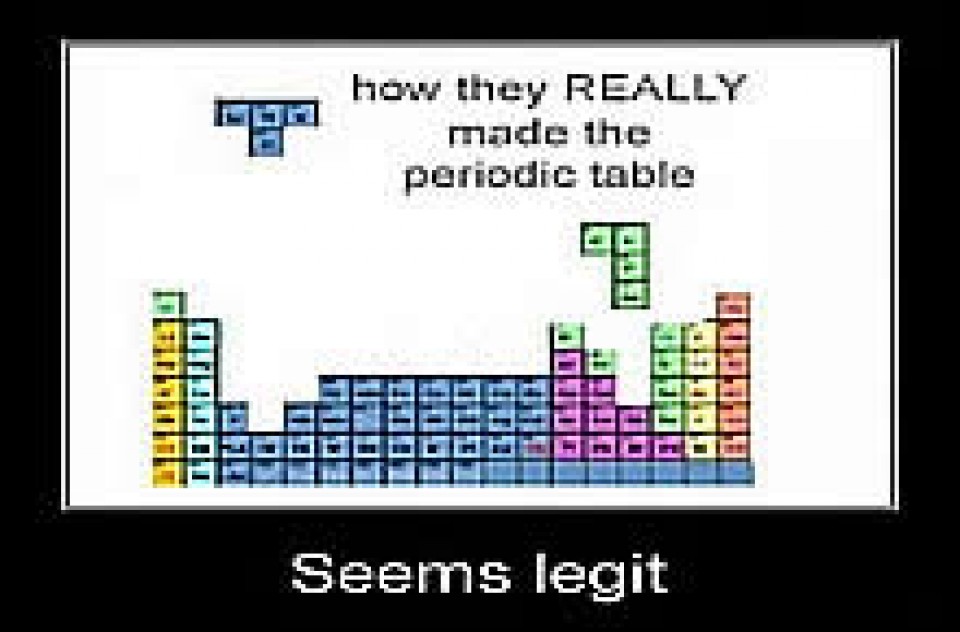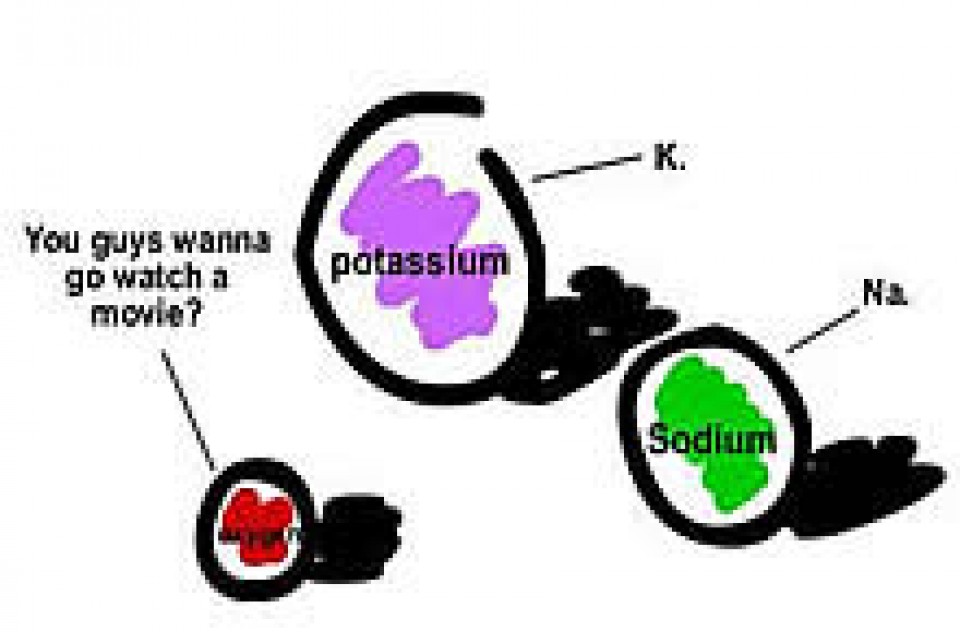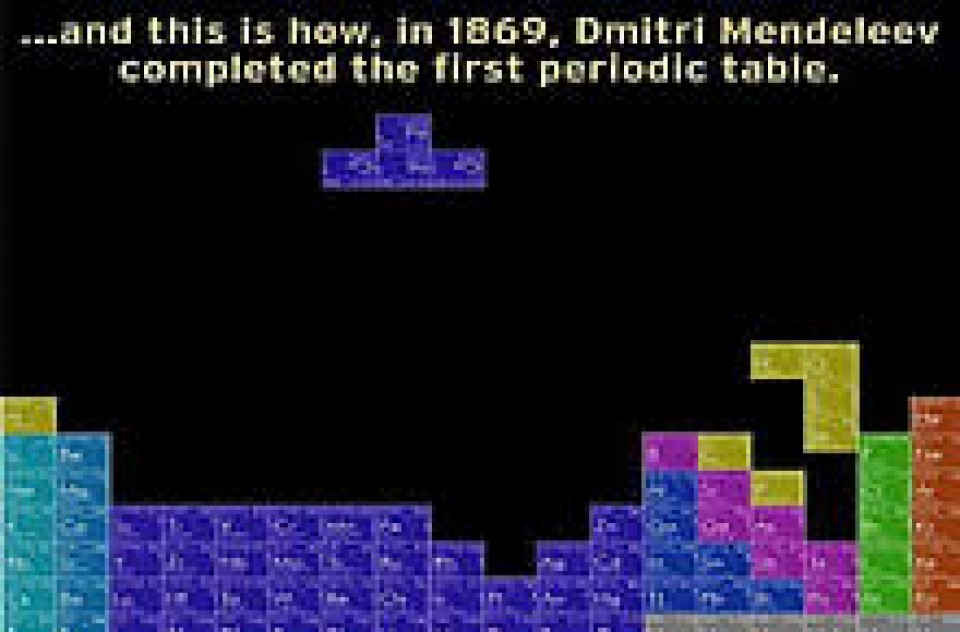[View the accompanying Significant Digits & Calculations Practice Problems here.]
Determining the Correct Number of Significant Digits
After performing a calculation, we often obtain more digits than are warranted by the measurements that produced it. In order to determine the correct number of significant digits in the answer, there are two different methods depending on which mathematical operation was performed.
Multiplication & Division
When multiplying or dividing, the answer is limited by the measurement with the least number of significant digits.
For example:
(13.91 m)(23.3 m) = 324.103 m2
13.91 has four significant digits, while 23.3 has three significant digits. However, the answer as written has six significant digits! According to our rule, the answer cannot be more precise than the least precise measurement in the calculation. Since 23.3 was the least precise number with only three significant digits, the answer can also only have three significant digits. Therefore, we would round the answer to 324 m2.
Addition & Subtraction
When adding or subtracting, the number of places in the answer should be rounded to the same number of places as the least precise measurement.
For example:
4.1 mL + 3.75 mL = 7.85 mL
For addition and subtraction, it often helps to line up the numbers according to their places. For example, line up all the ones places, tenths places, hundredths places, etc. like so:
| 4.1 mL + 3.75 mL ———— 7.85 mL |
We can see that 4.1 has significant digits in the ones and tenths places, so it is precise out to the tenths places. However, 3.75 has significant digits in the ones, tenths, and hundredths places, so it is precise out to the hundredths place. So 4.1 is the least precise as it only goes to the tenths place, meaning the answer has to be rounded off to the tenths place. Therefore, 7.85 would be rounded off to 7.9 mL.
For additional practice problems on significant digits and measurements, visit Significant Digits & Calculations Practice Problems.


